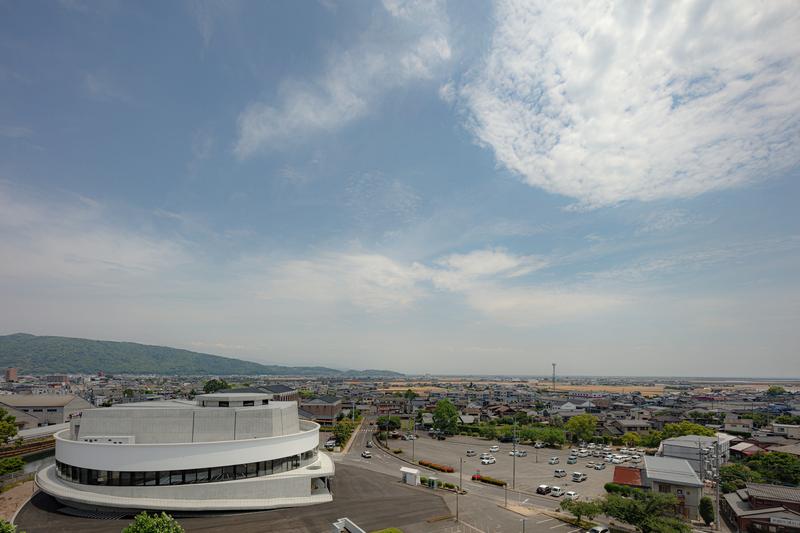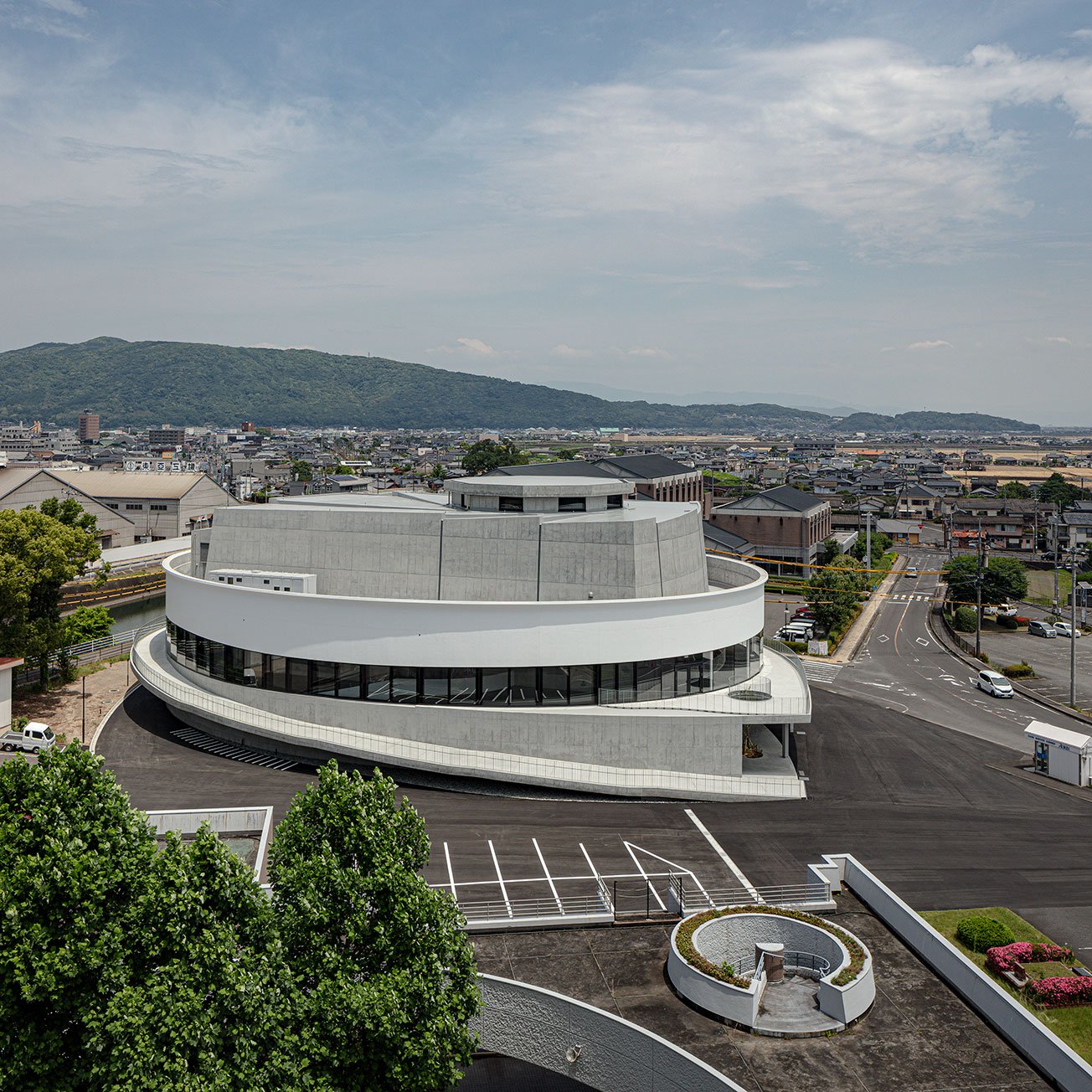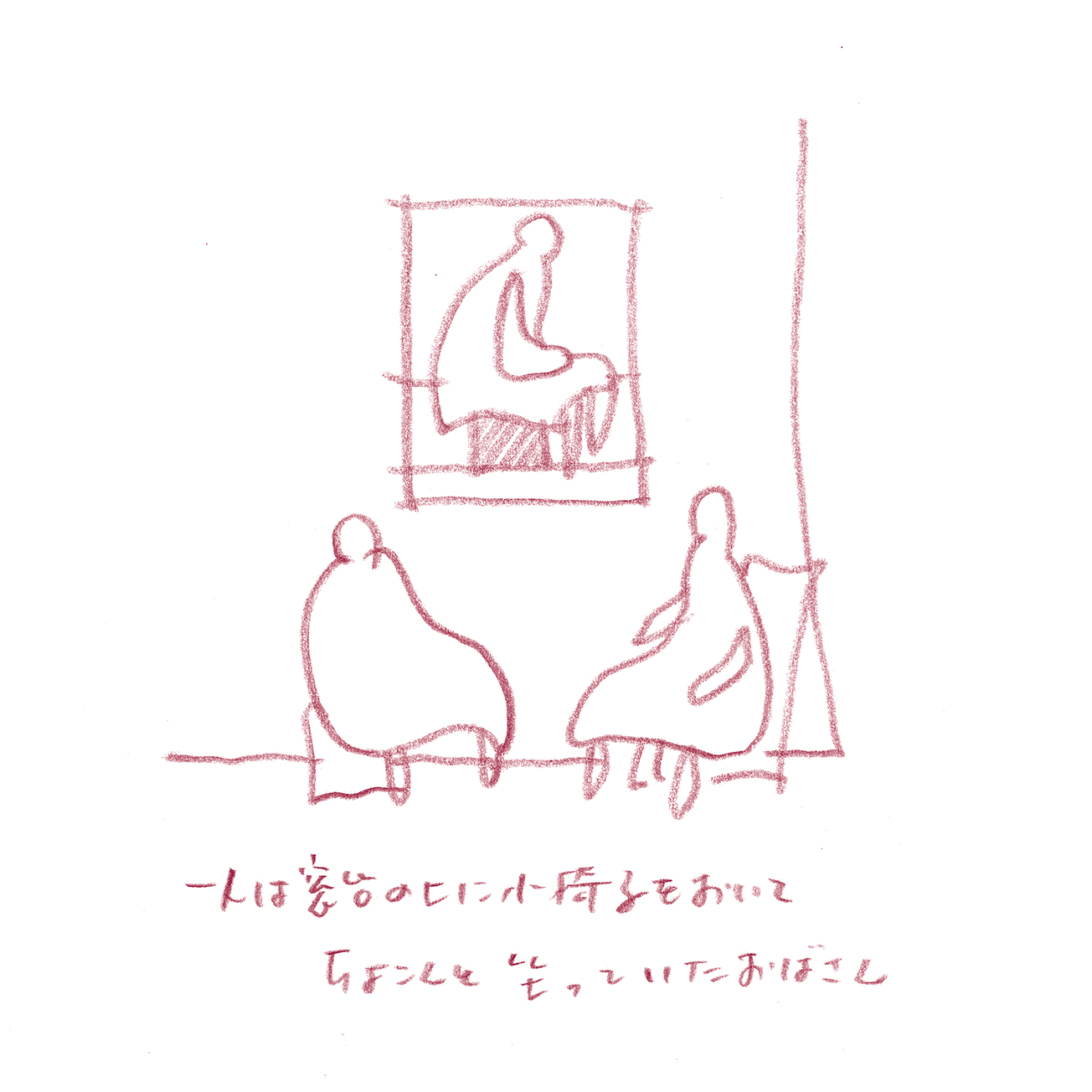

KASHIMA CIVIC CULTURE HALL
KASHIMA CIVIC CULTURE HALL
NASCA Co., Ltd.
Nihonchusha Bldg. 4F 3-15-1 Toyama, Shinjuku-ku
Tokyo JAPAN 162-0052
T 03-5272-4808 F 03-5272-4021
nasca@studio-nasca.com
NASCA Co., Ltd.
Nihonchusha Bldg. 4F 3-15-1 Toyama, Shinjuku-ku
Tokyo JAPAN 162-0052
T 03-5272-4808 F 03-5272-4021
nasca@studio-nasca.com

Matters of great import can originate in trivial, chance occurrences. Even great vortices can be traced back to small events. A small fracture can lead eventually to the destruction of an entire wall, and a slight error in copying genes can cause the sudden emergence of a new biological species. When people begin to engage in a new, unanticipated activity in a space that is without any obviously remarkable qualities, and that activity becomes quite popular and closely identified with that space, the chances are that some event provided the initial impetus for that particular development. The architect John Hejduk used to say that, above all else, he valued "beginnings" His remark reflected a belief in the need "to poetically activate" through continual abstraction the architectural spaces that modernism had created. Features of Hejduk's work such as colonnades designed to eliminate any perception of them as walls, Mondrianesque plans suggestive of squares cut out of an infinitely extended space and free forms projecting from a wall are autonomous elements deliberately generated in and otherwise uniform space. They might be likened to a nomadic yurt, which appears in the distance as a small white dot in the grassland and toward which travelers from far-off lands ride their horses, or perhaps to an oasis in the desert. Each is a point of singularity existing by itself in a wide-open space and permitting chance encounters among people. Yet without the presence of other people each is merely a point of transition. An encounter there with other people, should it occur, may then lead to further developments. Ultimately, architecture serves as a beginning. It provides opportunities for the unexpected meeting of people who were without any previous relationship to one another.